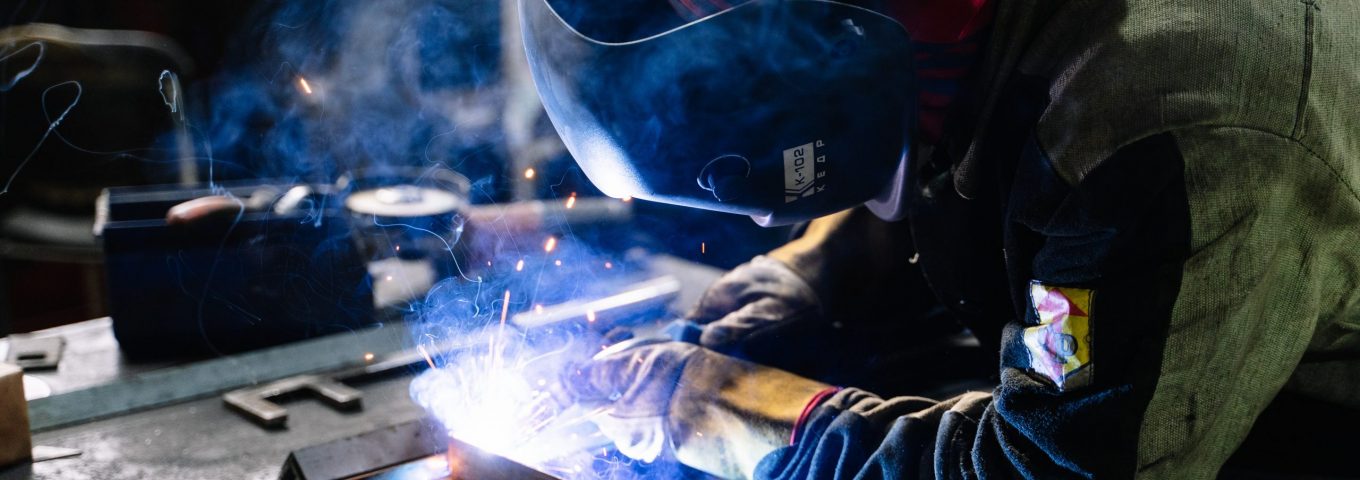Welding Fume Control: Revised Guidance Published
In February 2019, it was announced that the International Agency for Research on Cancer (IARC) produced new scientific evidence indicating that being exposed to mild steel welding fume can cause lung cancer and possibly kidney cancer in humans.
Following this disclosure, Health and Safety Executive (HSE) issued a safety alert to inform the industry of a change in relation to the control expectations for exposure to welding fume, including that from mild steel welding.
HSE Alert – Exposure to Welding Fume
Recently, HSE has revised its guidance in order to coincide with the scientific evidence produced by (IARC). The Control of Substances Hazardous to Health (COSHH) direct advice for welding to help make sure exposure to any welding fume released is adequately controlled has been published, which you can view here.
Alongside this, HSE has also updated the advice pages on its website in regard to managing exposure to welding fume in the workplace and has a range of specific welding advice documents and guidance to help you.
As a result of welding fume being reclassified as a human carcinogen, it now means that all businesses practising welding are required by law to ensure effective engineering controls are provided and correctly implemented to control fume and protect their workers.
If you’re an employer, you should be aware of what you need to do to ensure your business complies with health and safety law and these enforcement changes. You can find these pages below:
- Advice for Managers
- Welding in confined/limited/restricted spaces
- HSE Welding Fume Control Guidance
- Manual gas and oxy-gas cutting
- Plasma arc cutting: fixed equipment
- Arc-air gouging (air-carbon arc gouging)
- Surface preparation: Pressure blasting (small items)
- Surface preparation: Pressure blasting (medium-sized items)
- Surface preparation: Pressure blasting (Large items)
- Weld cleaning with pickling paste
In the majority of cases, the implementation of Local Exhaust Ventilation (LEV) System, might be the solution.
LEV works by using an airflow system to extract contaminated air and take it away from the workers and will protect your welder from exposure to welding fume.
Think you, your business and workers would benefit from a LEV system? Get in touch with us to discuss this further.

